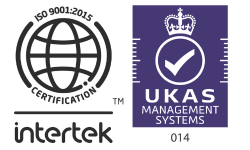All managers have different preferred methods of leading a team. While there isn’t a definitive leadership style you should choose, there are a few characteristics that all managers should share, such as:
● Communication skills
● Organisational skills
● Time management skills
● The ability to delegate tasks
● Empathy
● Reliability
If you want to become a manager or have just become one but are worried about not having a specific management style, this blog will explore the different types of leadership styles you can choose from and how you can find your own.
Why are the different management styles used?
Different leadership methods can be used based on an individual’s personal preferences, personality and the size of their team. Managers can also switch between different styles depending on a situation and who they’re managing as not everyone will respond positively to the same methods.
When you’re trying to figure out what your management style is you should consider:
● The industry you work in
● How much work needs to be done
● When tasks needs to be completed by
● The quality of work needed
● The resources available to you and your team
● Your personal experience and management skills
● The experience and personalities of your team
● The company’s goals and morals
So what types of management styles can you choose from?
● Coaching style
● Visionary style
● Servant style
● Autocratic style
● Laissez-faire
● Democratic style
● Pacesetter style
● Transformational style
● Bureaucratic style
Coaching style
The coaching style focuses on looking at the different strengths and weaknesses of each person in a team. This involves identifying what motivates each staff member and their potential, to help create strategies that can boost their skills and improve team collaboration.
A large part of the coaching style is giving people feedback and being open to receiving it, as well as promoting growth and overall success within the team. This is most successful during time sensitive situations and projects.
Visionary style
This leadership style inspires and encourages employees, particularly in times of transition or change. Visionary managers are usually planning the next best thing that can help the business grow and succeed.
This can create a happy workplace culture, as managers often have great relationships with their colleagues and reassure them that the company they work for is growing and has their best interests at heart. This style can be successful during brain-storming sessions, when solving problems and coming up with innovative ideas.
Servant style
The servant management style puts employees first as they believe the best quality of work is produced when employees feel valued and appreciated. Most of all these leaders are engaging, encouraging and supportive and focus on building morale and strong internal relationships. This tends to succeed during times of uncertainty and low morale.
Autocratic style
Autocratic managers tend to be quite strict in the rules they set and often avoid collaborative situations, due to them wanting to complete tasks efficiently and get results quickly. This can work when the team has strict guidelines, tight deadlines and when they need to stay compliant with rules and regulations.
Laissez-faire
This is also known as the ‘hands-off’ style. It creates great internal relationships with colleagues as it shows that you trust them by letting them work independently and manage their workload. Laissez-faire works well on projects that need minimal observation and when the team already works strongly together.
Democratic style
This gives everyone in the team the opportunity to pitch their ideas. Even though the final decision is made by the manager, it has taken into account various ideas and concepts, helping staff feel involved, valued and improving their confidence, pitching and collaboration skills. Ultimately these types of leaders are fair and care about engaging employees and promoting creativity. This approach tends to work when aiming to engage staff.
Pacesetter style
This concentrates on performance and spends little to no time on personal development or mentorship. This tends to work in fast paced environments that need results quickly, but can make the team feel unappreciated and unmotivated.
Transformational style
This focuses more on hitting business targets and utilises company objectives to motivate and encourage employees to be as productive as possible. This works best with teams that already have a strong relationship, as this method doesn’t spend time on personal development or performance.
Bureaucratic style
These leaders set and follow the rules and like to take an organised approach to tasks, projects and the management of their team. This is most common in businesses that have a prominent hierarchy and expect employees to follow it. This management option tends to work well in companies and projects that require compliance to rules and regulations.
How to find your own management style
It’s likely that you’ve acquired skills needed for multiple management styles throughout your life that you can utilise in various situations during your time as a manager. While you may want to choose one leadership style, it’s likely that you’ll use many throughout your time leading your team depending on the person you’re talking to or the project you’re working on.
When picking your management style you’ll want to consider the most effective methods your colleagues respond to, how your team works together and your current company culture. This will help you assess what aspects of your team need improving and therefore what leadership style you should be using.
For example, if you need to foster greater relationships with your team and boost collaboration and productivity you may want to choose the ‘coaching style’ to do so. Once these goals have been achieved you may want to take a different approach.
How can Payescape help you manage your team?
Here at Payescape our payroll, HR and time and attendance software can be easily integrated to help you manage your team better. Through automating tasks and making it easier for staff to track their time, it will make it simpler for you to make tasks more efficient and view how long projects are taking to complete.
This helps to identify any strengths and weaknesses within the team, such as poor time tracking or tasks taking much longer to complete than expected, giving you the opportunity to adopt your management style to better deal with certain scenarios.
To see how Payescape can help you manage your team and processes better, get in touch with us today!












